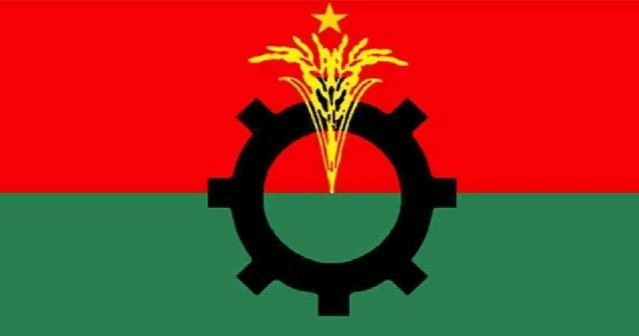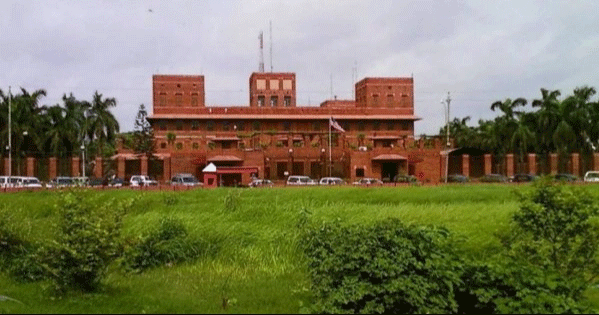Most banks hiked interest rates from December
Despite BB didn’t issue any circular to this effect
Industry Desk: The Bangladesh Bank has raised the lending rate cap on consumer loans to 12% after two and a half years of setting the interest rate ceiling at 9% for all types of loans.
At the same time, the central bank has lifted the floor on deposit rates that was capped above inflation in August last year to protect depositors’ interest.
The decisions were made with a view to taming inflation by reining in demand, according to Bangladesh Bank sources.
The central bank has not yet issued any circular to this effect, but all banks were verbally instructed to start implementing the new rates this November.
Most banks raised the interest rates on their consumer loans to double-digit from 1 December, said industry insiders.
The Bangladesh Bank eased the rate cap partially a month after agreeing with the International Monetary Fund (IMF) to lift the lending rate cap in compliance with the condition to get a prospective $4.5 billion in credit support from the IMF for Bangladesh. The lending rate cap will be eased gradually for all loans, said a senior executive of the central bank.
Selim RF Hussain, managing director of Brac Bank and chairman of the Association of Bankers, Bangladesh (ABB), told that they were verbally instructed to charge up to 12% interest rate on personal and car loans.
Home loans would be excluded from this new cap, he added.
The new interest rate cap will be applicable only to fresh loans, he said, adding that banks cannot change the interest rates on loans that were disbursed previously. Moreover, there will be no bar on taking deposits above inflation rate, he maintained.
The lifting of the interest rate cap is aimed at reducing the demand for consumer loans amid soaring inflation, he added.
Brac Bank, which leads the consumer loan market with more than Tk8,000 crore in the retail loan portfolio, raised the consumer loan rate to 10% from 1 December, Selim RF Hussain said. Some other banks were also raising interest rates on consumer loans, he noted.
Speaking about the current trend of consumer loans, he said, “Demand is still there, but disposable deposits are declining amid rising inflation. Therefore, banks will have to be very careful about lending consumer loans.”
The volume of consumer loans in the banking sector increased 6.69% to Tk1.06 lakh crore in the April-June quarter this year compared to the previous quarter, according to the Bangladesh Bank’s data. During the quarter, deposits grew by more than 9% year-on-year every month.
But, with high inflation eating into people’s savings capacity, deposit inflow to banks in the July-September period declined to half of the same period last year.
The banking sector received deposits of Tk11,000 crore in July-September, down from Tk25,000 crore in the same period last year, the central bank data show.
During the same period, the contributions of demand deposits, which reflect disposable income, declined by Tk11,000 crore, indicating that savers are under spending pressure. Demand deposit accounts are a type of account from which deposited funds can be withdrawn at any time without advance notice.
High spending amid price pressure also has reduced people’s savings capacity as the growth of term deposits – which cannot be withdrawn before a specified time with a guaranteed rate of interest – increased by Tk22,000 crore, which is 35% less compared to the amount of Tk34,000 crore in the same period last year.
In August last year, the Bangladesh Bank capped the deposit rate above inflation after observing that most banks were offering lower interest rates for deposits than the inflation rate.
But, the decision was ignored by banks as inflation surged to above 8% in recent months when the lending rate cap is 9%. As a result, it was not viable for banks to lend at 9% by taking deposits at an interest rate above inflation.
Apart from consumer loans, most banks raised the lending rate on all loans to 8%-8.5% in November amid a liquidity crisis, according to bankers.
The erosion of the savings capacity of people is already reflected in liquidity indicators of the banking sector.
Excess liquidity in the banking sector fell sharply by Tk33,000 crore in just three months to Tk1.70 lakh crore in September, according to the Bangladesh Bank.
Tight liquidity has also made banks cautious in lending, causing a slowdown in private-sector credit growth.
Private sector credit growth declined slightly to 13.93% in September, breaking the rising trend of the previous six months.
The Bangladesh Bank mopped up Tk50,000 crore in just four months of the current fiscal year by selling $5 billion dollars to banks, according to central bank data.
At a time when banks are under liquidity stress amid high inflation and dollar shortage, rising default loans have also intensified the crisis.
President Joe Biden tests positive for COVID-19 while campaigning in Las Vegas, has ‘mild symptoms’
International Desk: President Joe Biden tested positive for COVID-19 while traveling Wedne…







